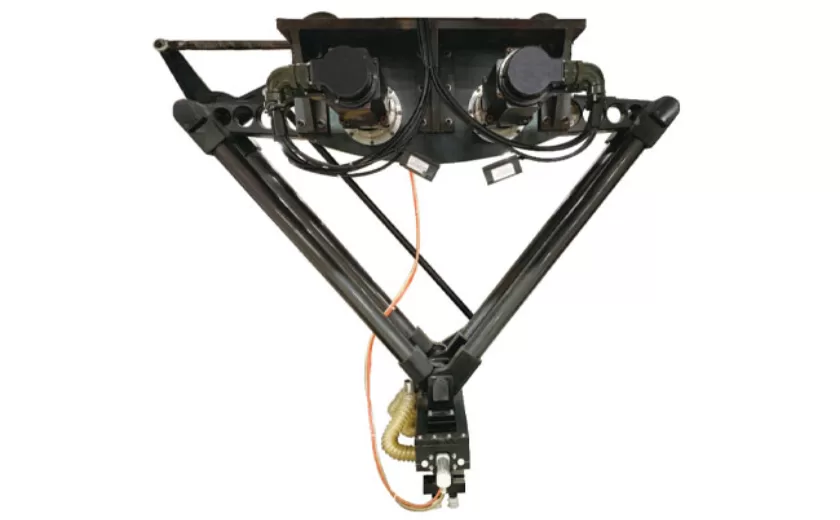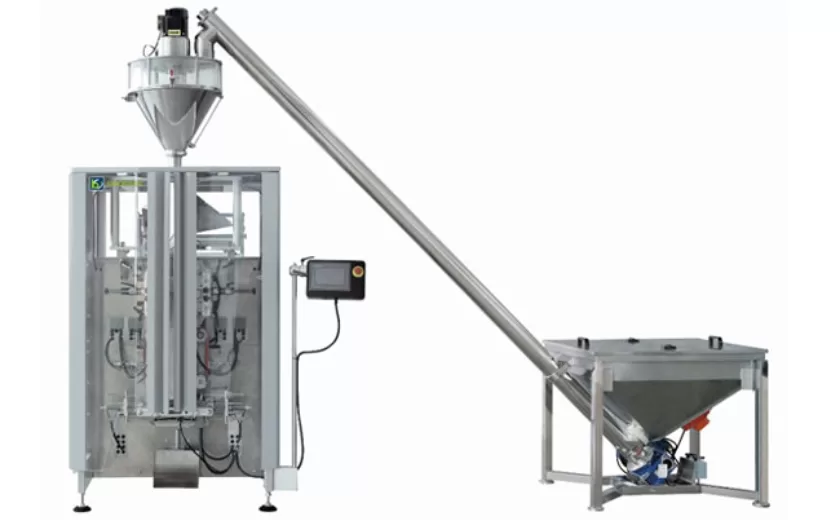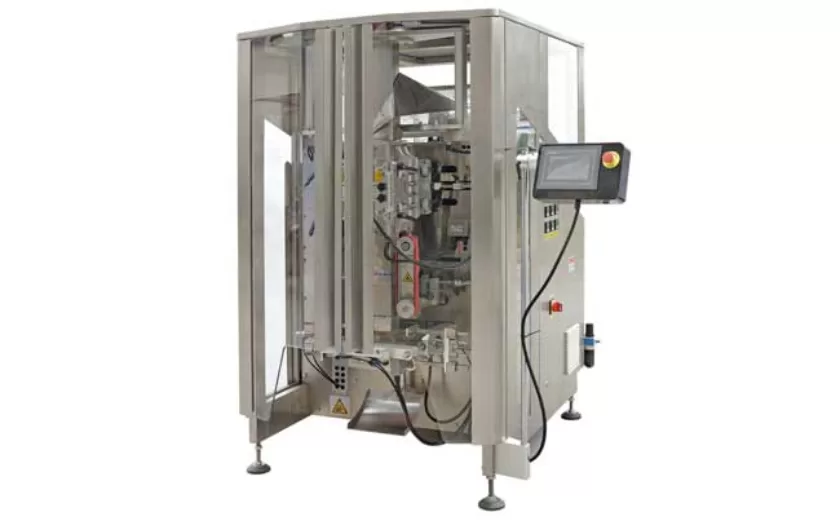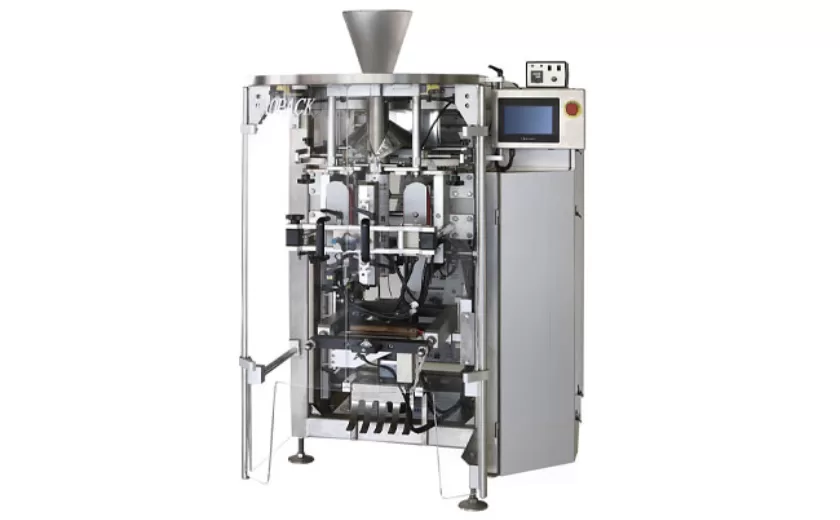From Design to Shelf- The Flow Wrapper Packaging Process Explained
From Design to Shelf: The Flow Wrapper Packaging Process Explained is an article that sheds light on the intricate process of flow wrapping packaging, guiding readers through the entire journey from conceptualization to store shelves. This article is a comprehensive resource for anyone seeking a deeper understanding of the flow wrapper packaging process, offering insights into each stage and its significance.
Design and Prepress
The initial stage of the flow wrapper packaging process is design and prepress. It’s where the packaging concept is transformed into a tangible design, taking into account factors such as product dimensions, branding guidelines, and market trends. Designers create artwork that meets the technical requirements for flow wrapping and ensures visual appeal. Prepress operations involve color correction, platemaking, and proofing to prepare the design for printing.
Printing and Film Production
Once the design is finalized, it’s printed on specialized flow wrapper films. These films provide durability, flexibility, and transparency, ensuring the product’s protection and visibility. Advanced printing techniques are employed to achieve vibrant colors, sharp images, and clear text, creating an eye-catching packaging that enhances shelf presence.
Forming, Filling, and Sealing
The printed films are then converted into flow wraps through a series of automated machines. The film is formed into a tube, and the product is loaded into the tube. Sophisticated sensors ensure precise filling and sealing, creating airtight packages that maintain product integrity and extend shelf life. The sealed packages are then trimmed and labeled with product information and branding elements.
Case Packing and Distribution
Flow-wrapped products are typically packaged into corrugated boxes for protection and ease of handling during transportation and distribution. The case packing process involves organizing the flow wraps into cases and sealing them for secure shipment. Logistics planning ensures the timely delivery of packages to warehouses, retail stores, and ultimately, consumers.
Quality Control and Sustainability
Throughout the flow wrapper packaging process, strict quality control measures are implemented to ensure the highest standards of packaging quality. Automated inspection systems detect defects, ensuring that only flawless packages reach consumers. Additionally, sustainable packaging practices are adopted to minimize environmental impact, such as using recyclable materials and reducing waste.
From Design to Shelf: The Flow Wrapper Packaging Process Explained provides a comprehensive overview of the intricate flow wrapper packaging process. It highlights each stage, from concept development to final distribution, emphasizing the critical role of design, printing, forming, filling, and other factors in creating effective packaging solutions. By understanding the flow wrapper packaging process, businesses can optimize their packaging strategies, ensure product protection, enhance shelf appeal, and meet sustainability goals.
-
Advanced Packing Solutions: Snacks, Sugar, and Frozen Food Machines
29-10-2025 -
Efficient and Reliable Solutions for Salt, Nuts, and Frozen Dumplings Packing
29-10-2025 -
High-Performance Biscuits, Lollipop, and Ketchup Packing Machines for Modern Food Production
29-10-2025 -
Efficient Liquid Filling and Packing Machines for Modern Production
23-10-2025 -
Reliable Granule Packaging Machines for Efficient Production
23-10-2025 -
Efficient Auger Powder Filling Machines for Accurate Packaging
23-10-2025 -
High-Performance Liquid Filling and Packing Machines for Hygienic Production
10-10-2025 -
High-Efficiency Granule Packaging Machines for Precision and Speed
10-10-2025 -
High-Precision Auger Type Powder Filling Machines for Efficient Packaging
10-10-2025 -
Efficient Vertical Form Fill Seal Packaging Machines for Smart Production
10-10-2025











